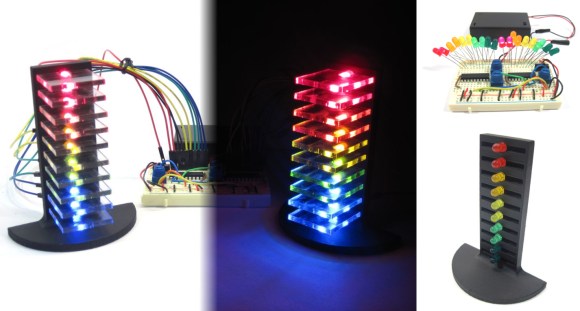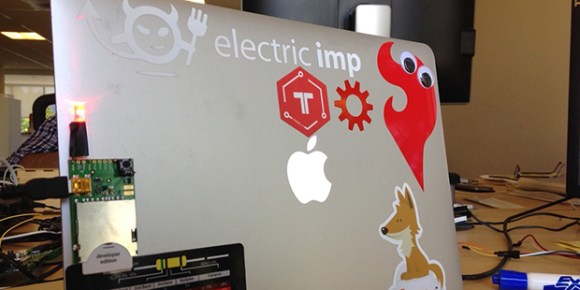GUEST POST
When cousins Ben Harris and Eric Ely went skiing together, they would often listen to music as they carved their way down the mountain. But they found it troublesome to take control of the tunes or the volume using the standard in-line remote found on most smartphone headphone cords.
The tiny dongles tend to be hard to use when wearing bulky gloves — that is, if you can even locate them beneath the layers of clothing.
When they started asking other skiers and boarders how they cope with the music control challenge, the answer surprised them. Many of these people had simply given up listening to music while enjoying their favorite sport. They found it was just too much hassle.
That's how two cousins without any prior experience designing, manufacturing or marketing a product from scratch decided to build the GoGlove — a simple Bluetooth controller attached to embedded fingertip sensors. The controller gives you access to the major music playback features of your phone without ever taking your hands off your ski poles. Designed as a thin "inner" glove, the GoGlove can be worn on its own or under any pair of winter gloves.
VentureBeat spoke with founder Ben Harris to get a better idea of how the technology was being designed to stand up to the rigors of action sports like skiing and snowboarding:
"It's been a big focus for us. We're working with a design house to use wire that is essentially able to stretch to a degree. The wire is then sewn into the lining of the glove […] the ability of the wire to stretch impacts durability. [The design house] is making the module waterproof and fully encased and it will go through shock testing."
The other area of concern was having normal finger and thumb contact causing unwanted music operations. To address this, Harris and his cousin developed an "activate" sensor in the middle of the palm. After initial pairing, the glove enters a very low energy sleep state. To wake it up and perform music controls, you must first tap the activate sensor. You then have up to 10 seconds before the GoGlove re-enters its sleep state. Any taps you perform during that 10-second window will extend the window by an additional 10 seconds.
Designed to work out of the box with both iOS and Android, Harris claims the GoGlove is compatible with all of the major music apps such as Pandora, Spotify, Songza etc., including the native music apps on both platforms.
Though the GoGlove isn't the first product to address music control within an active sports context, it might be the most versatile. Burton has a set of gloves that offer similar functionality but it requires one hand to tap buttons on the opposite glove. Plus the gloves are only suitable for winter sports.
The real competition however is BearTek, which makes a line of gloves that use a control scheme very similar to GoGlove’s, involving taps of thumbs and fingers. But there are some key differences that set the GoGloves apart: BearTek gloves must be activated using the opposite hand and finger taps are executed using discrete zones on the first and second finger. The gloves and Bluetooth modules are sold separately, which drives up the price significantly. The cheapest glove+module combo will set you back $250. The modules (their are two varieties) are swappable but they also require a recharge after about 80 hours of use.
The GoGlove, by contrast, uses a Bluetooth LE (Low Energy) module. Though it can't be used to answer phone calls (yet) it can be powered by a much smaller, user replaceable battery that will last for 6 months of daily use. Like the BearTek, Harris and Ely have designed the GoGlove's Bluetooth module to be removable.
This will be useful if Harris and Ely achieve their second, $100,000 stretch goal. This would lead to a second product for warmer weather applications called the GoBand. It brings the same functionality of the GoGlove to a sweatband that can be worn on the wrist and features tappable buttons.
They've also promised to introduce an iOS and Android control app should they reach $60,000. This would let users customize the behaviors of the finger taps and allow Siri integration on an iPhone.
These guys have definitely "tapped" into a great idea, but this is their first attempt at creating a product. Unlike other Kickstarter projects driven by experienced teams, Harris and Ely have been actively working on the GoGlove only since January of this year. Their first prototype, which got its first real world test in March, looked very rough.
Harris and his cousin have no private backers and have sunk "less than $10,000" into the product themselves. Though this is their first commercially available product, Ely is apparently quite the maker and has created products for personal use over a decade’s worth of tinkering.
They've got 25 days to go and are already a third of their way to the $50,000 project goal. If you're feeling adventurous and want to back the GoGlove, there are still over 100 pledges available at the $69 level — the starting pledge point to receive a pair of the GoGloves which Harris estimates will ship in December of this year, hopefully just in time for the 2015 ski season.














